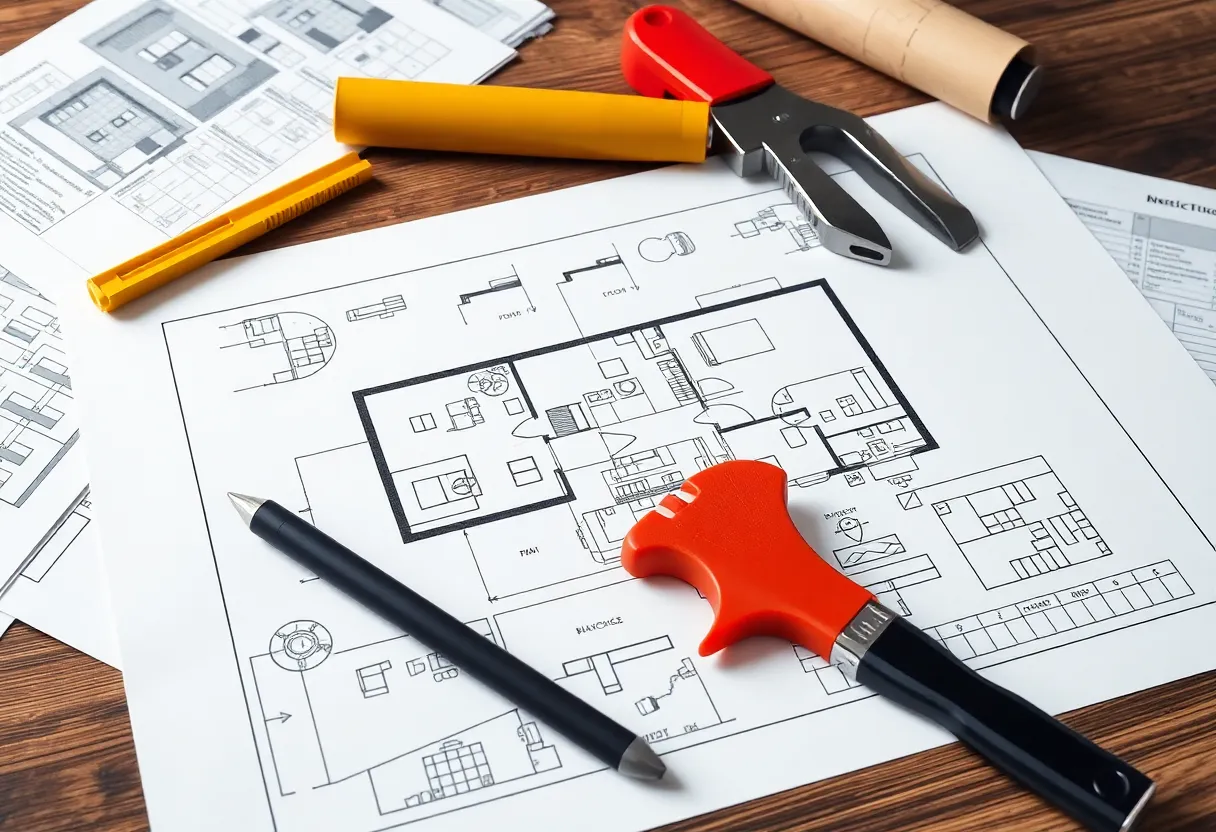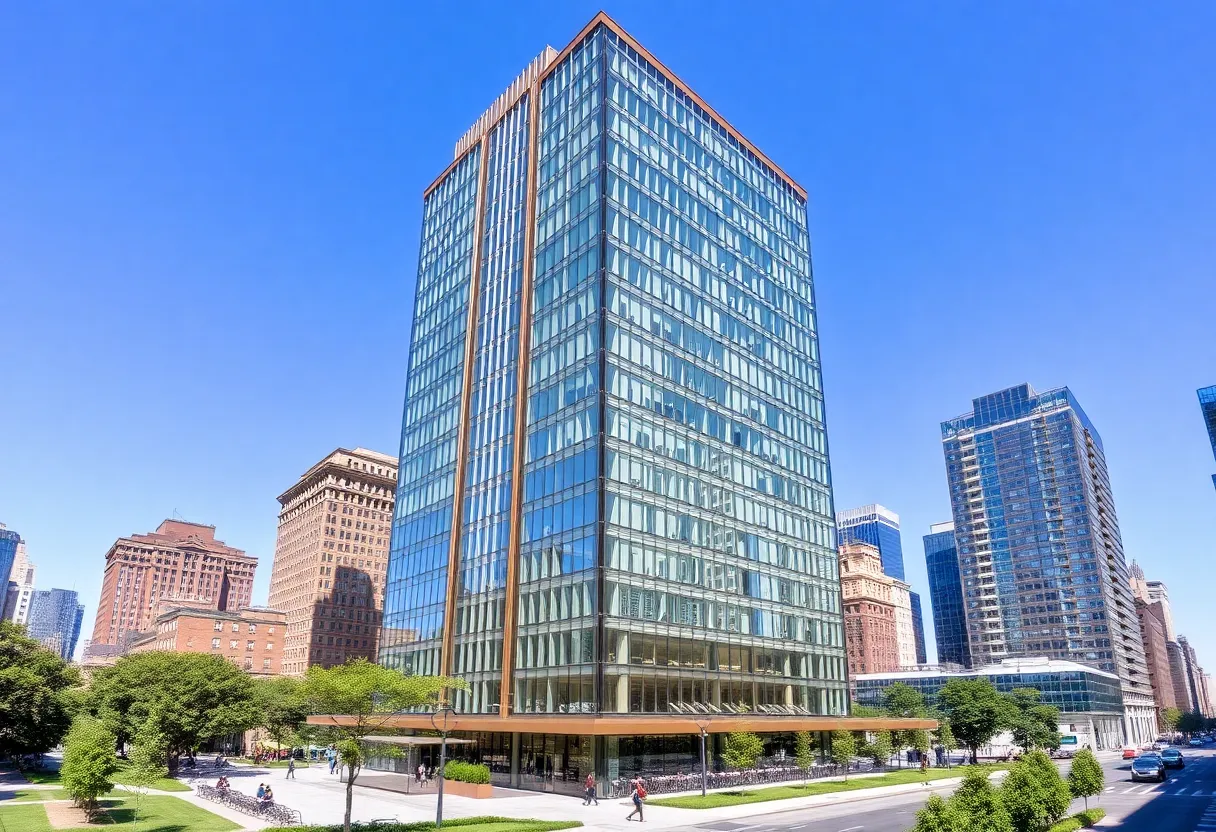How to Successfully Navigate the Complex World of Home Building Codes and Regulations
Understanding the Foundations of Building Codes
Building codes form the backbone of safe, functional, and compliant construction. They set standardized practices that ensure structures are resilient, energy-efficient, and safe for occupancy. These codes are often developed and enforced by local, state, or national authorities. They include minimum parameters for structural integrity, fire safety, electrical systems, plumbing, insulation, and more.
Key Point: Recognizing that building codes evolve is crucial. Updates reflect advances in technology, safety research, and environmental considerations. Staying informed about current codes is essential for smooth project progress.
Local and State Regulations: The First Layer of Compliance
Jurisdiction-Specific Variations
Building regulations vary significantly depending on location. Local jurisdictions often tailor codes to climate, geography, and risk factors. For example, seismic zones demand specific structural reinforcements, while coastal regions require hurricane-resistant features.
Tip: Always consult the local building department early in the planning stage. They provide guidance on regional code amendments and permit requirements.
Understanding Permits and Approvals
Securing proper permits is your legal gateway to construction. Permits verify that plans comply with existing codes and standards. Failure to obtain necessary permissions can result in fines, delays, or even mandated demolition.
Best Practice: Submit comprehensive plans that reflect codes accurately. Engage with inspectors during plan review if uncertainties arise.
Decoding Building Codes and Regulations
Key Code Documents and Standards
- International Building Code (IBC): The primary model code covering commercial and residential buildings.
- International Residential Code (IRC): Specifically tailored for residential structures, including single-family homes.
- National Fire Protection Association (NFPA) Standards: Focused on fire safety, smoke detection, and emergency egress.
- Energy Codes: Mandate energy efficiency measures like insulation, windows, and HVAC systems.
Understanding these documents’ scope enables builders to align plans with requirements efficiently.
Strategies for Navigating Building Regulations Effectively
Early Engagement with Building Authorities
Proactively engaging with building officials can prevent misunderstandings. Discuss your project scope, intended design, and compliance strategies upfront.
This fosters clear communication, minimizes delays, and allows for early identification of potential compliance issues.
Expert Consultation and Professional Support
Partner with licensed architects, engineers, or code consultants familiar with local codes. Their expertise helps interpret complex requirements and develop compliant plans.
Note: Their knowledge can be instrumental during permits, inspections, and any required modifications.
Detailed Documentation and Record-Keeping
Maintain meticulous records of plans, communications, permits, and inspections. Documentation provides an audit trail and can expedite approvals or address violations.
Use digital tools or project management software to track compliance milestones and certificate submissions.
Design Considerations for Code Compliance
Integrating Safety and Functionality Early
Design with code compliance in mind from the outset. Prioritize safety features such as egress routes, fire-resistant materials, and structural reinforcements.
Tip: Incorporate code requirements into your design briefs early to avoid costly revisions later.
Balancing Aesthetics with Regulatory Requirements
While compliance is non-negotiable, aesthetic preferences should be integrated thoughtfully. For instance, window sizes and placement must meet ventilation and egress rules without compromising design vision.
Work collaboratively with designers to achieve harmony between form and regulation.
Construction Phase: Ensuring Ongoing Compliance
Adherence to Approved Plans
Construction teams must strictly follow approved plans and specifications. Variations require approval through change orders or amendments.
Regular site inspections by qualified professionals help verify compliance and identify issues promptly.
Preparing for Inspections
Plan inspection schedules in advance. Ensure that all work conforms to code, with accessible documentation, permits, and test results ready for review.
Address deficiencies immediately to keep the project on track.
Post-Construction Compliance and Record Management
Obtaining the Certificate of Occupancy
This official document certifies that the building complies with all relevant codes and is safe for occupancy. It is often the final step before move-in.
Ensure all inspections are complete, and documentation is submitted to secure this vital approval.
Maintaining Records for Future Needs
Keep comprehensive records of plans, inspections, permits, and modifications. These are valuable for future renovations, resale, or audits.
Regular maintenance under code standards prolongs the lifespan of the structure and preserves compliance.
Overcoming Common Challenges in Home Building Regulations
Dealing with Complex or Conflicting Codes
Codes can sometimes conflict or appear ambiguous. When in doubt, seek clarification from local authorities or experts.
Important: Document all correspondence and decisions made during resolution discussions.
Handling Variances and Exceptions
In rare cases, strict compliance may be impractical. Variance requests allow deviations, but they require strong justification and approval from authorities.
Provide detailed reasons and alternative solutions to support your case.
Staying Updated on Regulatory Changes
Codes evolve due to technological advancements and safety research. Regularly review updates and participate in relevant training or seminars.
Design buffers into your timeline for adopting new standards or amendments.
Conclusion: Emphasizing Diligence and Collaboration
Successfully navigating building codes demands diligent planning, expert collaboration, and proactive communication. Keeping compliance at the forefront prevents costly delays and legal issues. Understanding the specific requirements of local and national standards enables contractors and homeowners to build confidently and responsibly. As standards evolve, continuous education and adaptability remain key to maintaining compliance and ensuring the delivery of safe, durable homes.
Author: STAFF HERE NEW YORK WRITER
The NEW YORK STAFF WRITER represents the experienced team at HERENewYork.com, your go-to source for actionable local news and information in New York, the five boroughs, and beyond. Specializing in "news you can use," we cover essential topics like product reviews for personal and business needs, local business directories, politics, real estate trends, neighborhood insights, and state news affecting the area—with deep expertise drawn from years of dedicated reporting and strong community input, including local press releases and business updates. We deliver top reporting on high-value events such as New York Fashion Week, Macy's Thanksgiving Day Parade, and Tribeca Film Festival. Our coverage extends to key organizations like the Greater New York Chamber of Commerce and United Way of New York, plus leading businesses in finance and media that power the local economy such as JPMorgan Chase, Goldman Sachs, and Bloomberg. As part of the broader HERE network, including HEREBuffalo.com, we provide comprehensive, credible insights into New York's dynamic landscape.





